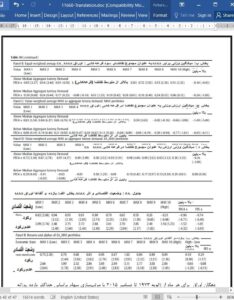Abstract
Using a sample of U.S. stocks over the period 1973–2015, we find that quarterly earnings announcements account for more than 18% of the total maximum daily returns in the top MAX portfolio. Maximum daily returns as triggered by earnings announcements do not entail lower future returns. Both portfolio and regression analyses show that the MAX phenomenon completely disappears when conditioning MAX returns on earnings announcements. We further show that earnings announcement MAX returns do not indicate a probability of future large short-term upward returns. Excluding earnings announcement MAX returns in constructing the lottery demand factor results in not only a larger lottery demand premium but also superior factor model performance.
1. Introduction
Bali et al. (2011, BCW hereafter) document a significant negative relation between the maximum daily returns in the past one month (hereafter MAX) and expected stock returns in the immediate subsequent month. The authors attribute this phenomenon to market pressures exerted by investors preferring assets with lottery-like features.1 According to BCW, the maximum daily returns in the past one month, or MAX, reliably proxy for lottery demand and lottery investors who are poorly diversified exhibit a preference for stocks as lotteries, thereby pushing up the current prices of high MAX stocks. As a result, high MAX stocks exhibit lower future returns, which cannot be explained by known risk factors. Empirically, BCW show that MAX contains unique information regarding lottery demand that cannot be subsumed by traditional measures of idiosyncratic volatility or skewness and that MAX provides significant cross-sectional explanatory power for expected stock returns. While the MAX measure and the MAX phenomenon proposed by BCW offer influential contributions to our understanding of how lottery demand affects security prices in equilibrium, there are also other plausible interpretations of the maximum daily returns that warrant further analysis of the MAX effect. Given the rising importance of using MAX in studying lottery demand and asset pricing, it is important to carefully examine the reasons driving the maximum daily returns, along with their possible implications, and what may truly determine the persistence of the phenomenon.2











